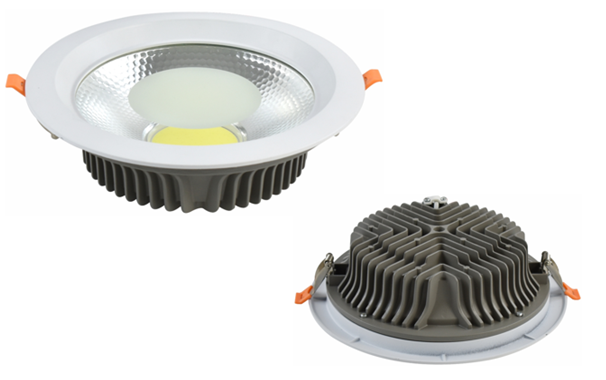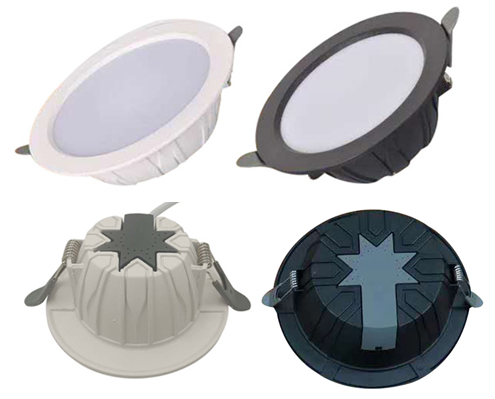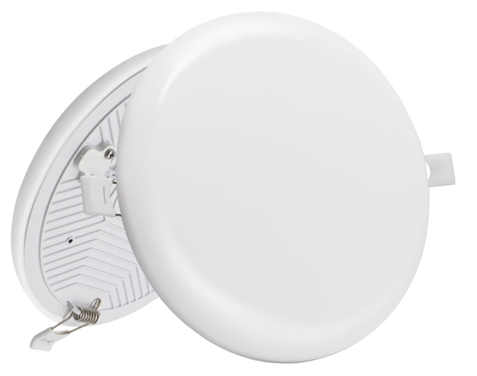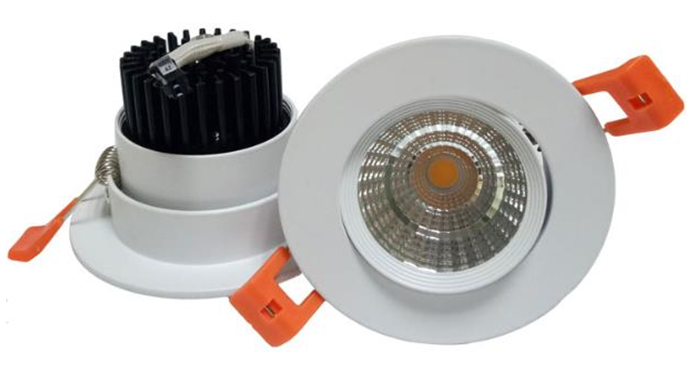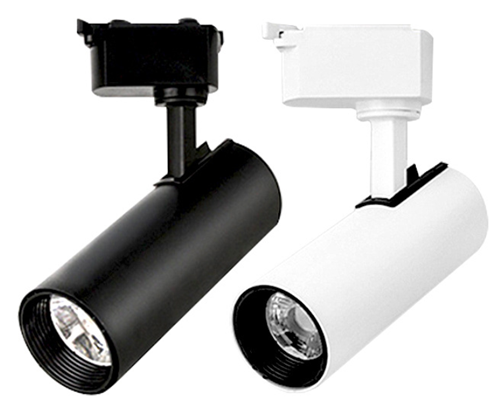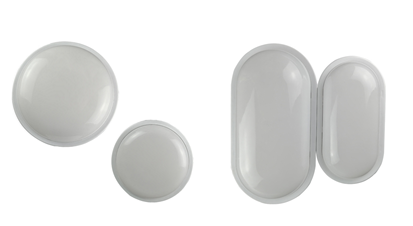Newstype
Latestnews
Hotnews
Add LED Intelligence--Improve light quality, efficiency and cost
As the lighting industry continues to make the transition to LED technology, there is an increasing need for more intelligent controllers and drivers. The rising price of electricity presents a major operating cost to consumers and businesses; however, efficient operation of LEDs can result in substantial savings. Many applications need to produce consistent light quality while supporting advanced control functionality such as dimming, balancing, and accurate color mixing. Remote connectivity is also becoming a regular requirement in applications where high-maintenance expenses can be reduced through self-diagnostics that allow technicians to make a service call only when there is an actual reason to visit a site.
Bringing intelligence into many LED lighting applications may require moving from fixed function LED drivers to microcontroller-based, or programmable architectures. For applications that need advanced functionality, using a microcontroller enables many intelligent features such as native dimming control, specialized color mixing, adaptive lighting control, and even remote connectivity. Specialized power electronics microcontrollers can even further benefit lighting applications with the capability to efficiently and cost-effectively control the luminaire power supply in addition to the lighting control and communications. Like many modern electronics trends, moving to digital control opens up flexibility and can bring new levels of intelligence and differentiation to lighting products.
Enable intelligent LED platforms with microcontroller-based architectures
The lighting industry has been rapidly evolving to capitalize upon the many benefits of LED technology (see Sidebar: Benefits of LEDs). However, the different types of LED lighting applications vary widely in the capabilities they need to support:
Residential: Applications include light bulb replacement, accent lighting and small outdoor lighting. In general, only a few LEDs need to be lit, in usually one or two strings. Given the low-cost pressures of this market, advanced controls are generally not common.
Commercial: Applications include fluorescent ballasts, light bulb replacement and accent lighting. Only a few LEDs need to be lit, usually one or two strings. While concerned about cost, this market is very energy conscious. Higher-end applications will require remote connectivity and some controller intelligence.
Entertainment: Applications include high-end display and mood lighting. Full intensity control and consistent color quality are essential, as is remote connectivity and support for industry-standard protocols like DALI or DMX-512.
Outdoor and Infrastructure: Applications include street lighting, lighting for factories and large office buildings, among many others. Equipment typically has a high number of LEDs and must support many strings. High brightness LEDs are common, as well. These applications require remote connectivity and a high level of controller intelligence.
The simplest LED-based lighting systems use an LED driver. These typically, fixed-function devices provide a straightforward and low-cost method for controlling LEDs. In general, they offer good power efficiency and do not require software programming. At worst, developers have to make several calculations when selecting a driver or determining which configuration values to use for board-level components.
While straightforward to use, many LED drivers lack flexibility for more advanced systems. To support various types of LEDs (e.g., higher wattage or different color) or different LED string configurations, a different solution may be required. In fact, any change in the system (e.g., the number of LEDs in a string or the number of the strings) may result in a need to change the driver. Thus, most of the lighting products an OEM offers will likely require a unique analog driver. For a large portfolio of products, this can increase the number of items an OEM or supplier must stock in inventory, possibly leading to lower economies of scale and higher equipment cost.
On the other hand, an intelligent controller enables developers to potentially create more flexible lighting systems. In a microcontroller-based system, the code can be configured to support varying types of LEDs, unique power stage requirements, different string lengths and varying number of strings without significantly changing the hardware. The system could even be designed to auto-detect what LEDs it needs to drive. The programmable nature of a microcontroller-based system even can enable advanced dimming and scheduling functions, providing for more advanced lighting scene control and automated light levels.
The flexibility of digital control enables OEMs to design a single controller that can drive a large portfolio of end products.Because controller IP is reused, design investment can also be substantially reduced. A flexible controller reduces the number of devices that need to be stocked in inventory while lowering overall system cost through greater economies of scale.
Integration through digital control
The basic architecture of a smart LED-based lighting system includes three primary stages: power conversion, LED control, and communications (see Figure 1). The power conversion stage delivers the correct voltage and current to the LEDs. It begins with AC/DC rectification followed by a power factor correction (PFC) stage and then one or more parallel DC/DC conversion stages. To provide efficient power conversion requires precise and flexible control of these conversion stages.

Each of the primary stages requires an intelligent controller to maintain efficiency and functionality. With a fixed-function, analog approach, separate PFC, DC/DC, LED and communications controllers may be required.
However, with specialized power electronics microcontrollers, the component cost of a power supply for a luminaire can also be reduced through high levels of integration. With enough performance, power-optimized peripherals and communications ports, a single microcontroller can potentially control all three major components of a lighting system: the power stages, LED lighting control and communications. With this level of integration, a lighting system could potentially eliminate many excess components while enabling a central programmable platform to harmoniously control all three stages of an intelligent lighting system.
Digital control of power also has the potential to enable greater conversion efficiency for dynamic systems. While LEDs offer a major efficiency boost over traditional lighting sources – with a corresponding reduction in operating and energy costs – not all LED-based systems are created equal. Digital power control can enable higher efficiency in the power stages of an LED lighting system when dimming, varying color outputs, or adjusting the light output in any way. Likewise, under fixed lighting conditions, a microcontroller also has the potential to increase operating efficiency through enablement of more advanced power stage design. Such efficiency gains are highly attractive to end-customers and can stand as a key differentiating point between two LED systems that are otherwise equal.

 Chinese
Chinese English
English